RAJSHAHI, June 23 (V7N) – Tanore Upazila in Bangladesh's Rajshahi district, an area historically renowned for its agricultural surplus, is facing a growing threat to its food security as vast tracts of prime cropland are being converted into commercial fishponds and used for other non-agricultural purposes. This unchecked destruction of agricultural land is raising fears of future food shortages in a region whose economy is almost entirely dependent on farming.
Reports from the ground indicate that influential "land grabbers" and political figures are employing insidious tactics to acquire agricultural land for pond digging. They initially target areas with comparatively lower crop production, excavating ponds that subsequently cause waterlogging in surrounding fields. Faced with significant crop losses, desperate landowners are then compelled to lease their cultivated land to these powerful pond diggers. Areas like Beralpara, Juranpur, Hardah, and Raoil in Chanduria Union, Hatishail Nizampur in Kamagaon Union, and Masinda Field in Tanor Municipality have already been largely transformed into ponds. One anonymous pond digger admitted that converting a bigha (approximately 0.33 acres) of cropland into a pond can be achieved by "managing everyone" with payments of Taka 15,000 to 20,000.
Officials from the Rajshahi Department of Agricultural Extension reveal a stark picture: an average of 800 hectares (approximately 2,400 bighas) of cropland is lost annually across Rajshahi district, totaling around 17,246 acres in recent years. This alarming figure represents one-third of the district's total cultivable land. A substantial portion of this loss is attributed to illegal pond excavation. Additionally, land is being converted for factories, residential houses, and rural roads. In Tanore specifically, an estimated 10,000 bighas of agricultural land have been dug for ponds in the last decade alone, alongside significant destruction for cold storages and other commercial buildings.
Locals have voiced strong concerns, citing a new cold storage facility under construction on four-crop agricultural land along the Tanor-Mundumala road, within the command area of BMDA's deep tube wells. This development, they say, is proceeding without breaking underground irrigation canals or changing the land category, posing a significant threat to food production. "We also want industrialization, but not by kicking the rice bowl," one local stated, advocating for industrial development on fallow or single-crop land, not vital agricultural areas.
Despite government instructions prohibiting the destruction of cropland, farmers believe the "mysterious role" of the Tanore administration has fueled this surge in land conversion. An official from the local land office acknowledged that at least 10,000 bighas of agricultural land have been converted into ponds in the upazila over the past 10-15 years, and this trend continues. The illegal nature of these conversions means the land category remains agricultural in official records, forcing the government to collect a meager rent of Taka 2 per hundred square feet for agricultural land, instead of Taka 60 per hundred for ponds, resulting in substantial revenue loss. The official alleged that these illegal ponds are being dug through "managing the administration and the media."
Upazila Agriculture Officer Saifullah Ahmed stated that preventing pond digging on agricultural land falls under the purview of the upazila administration. Tano Land Office Officer (Tehsildar) Iman Ali reiterated that "nothing can be done if the land category is not changed," confirming that rent is collected based on the unchanged agricultural classification. However, he indicated that authorities have been informed, suggesting that rent might be collected at a higher rate until new land records are established.
The continuous reduction of agricultural land in a predominantly agrarian region like Rajshahi's Tanore raises serious questions about long-term food security and sustainable development in Bangladesh, where agriculture contributes approximately 11-12% to the national GDP.
END/RAR/RH/



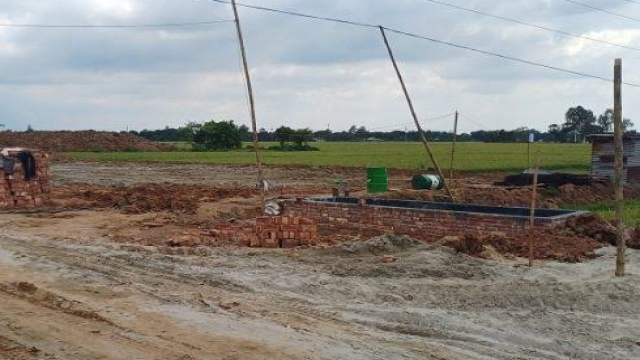
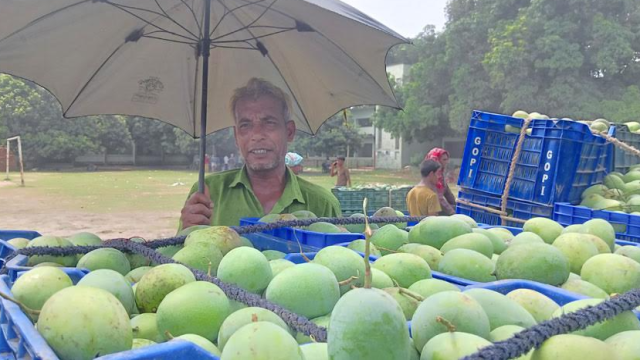

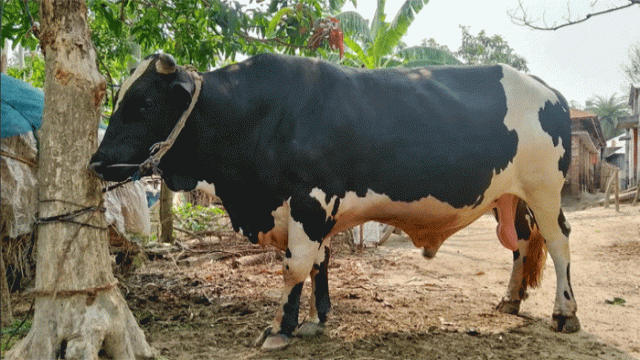
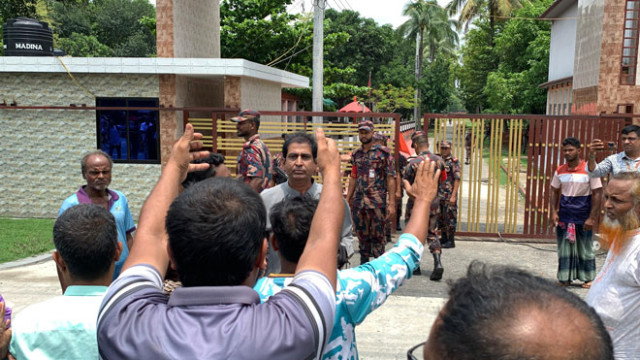

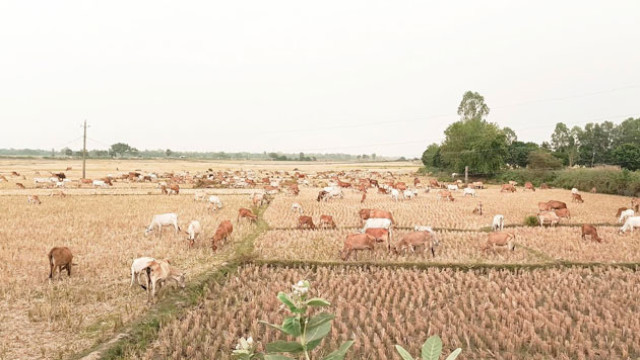


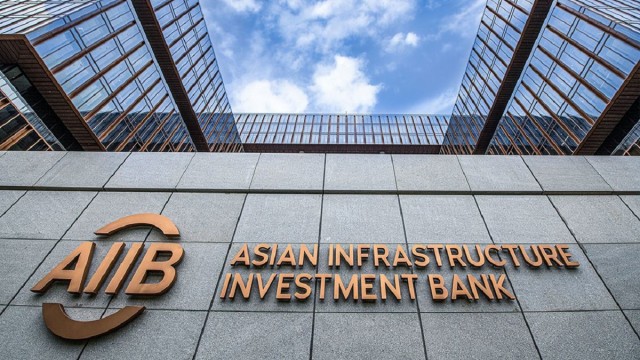
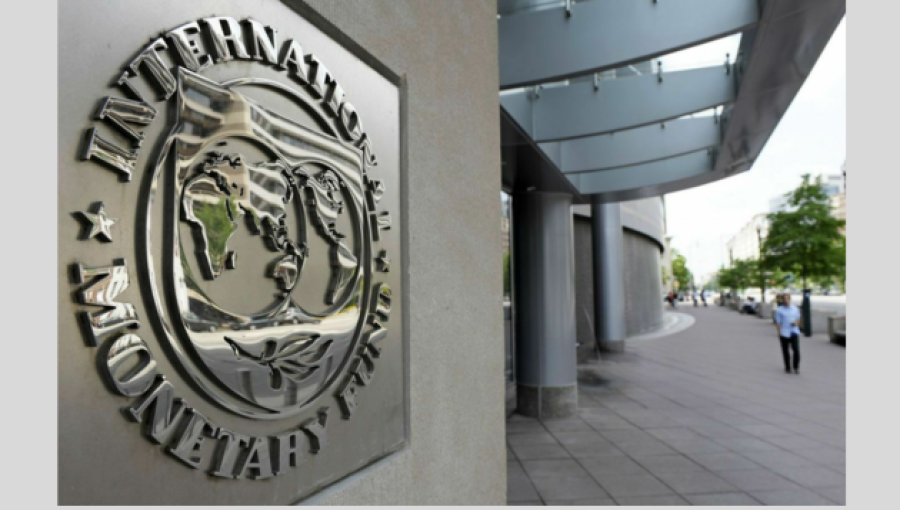


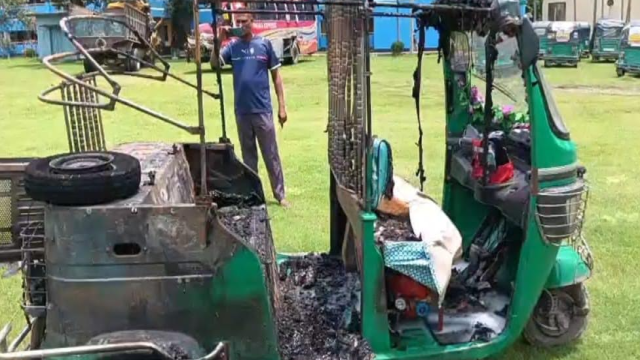
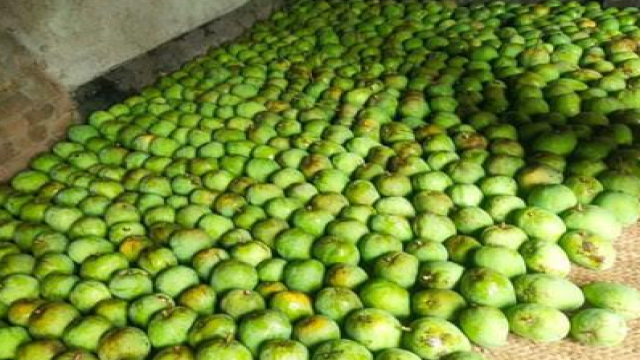

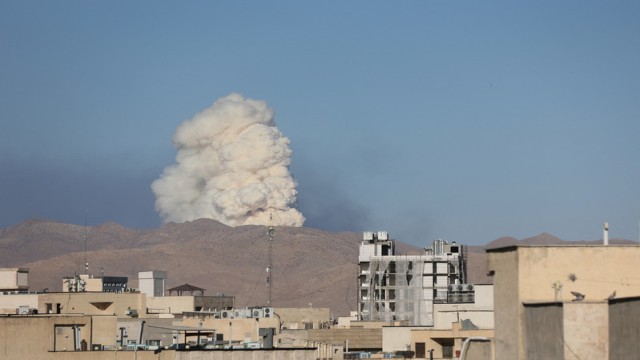





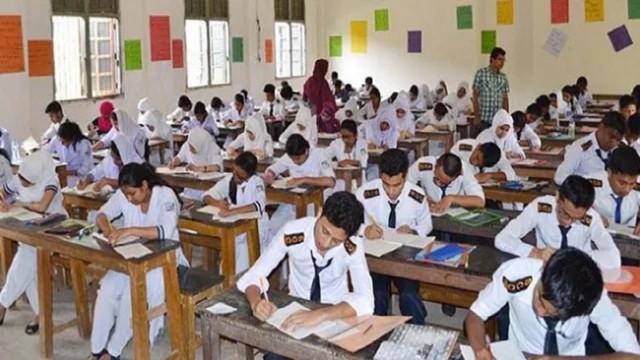

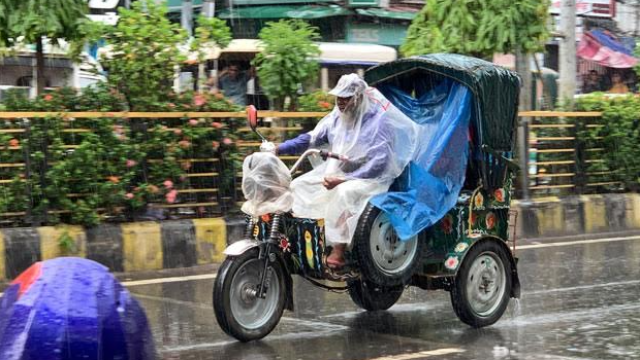
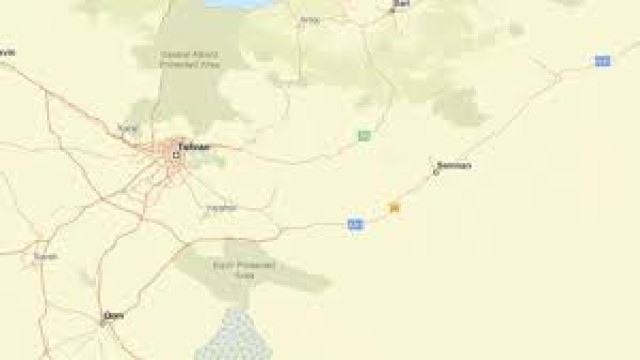
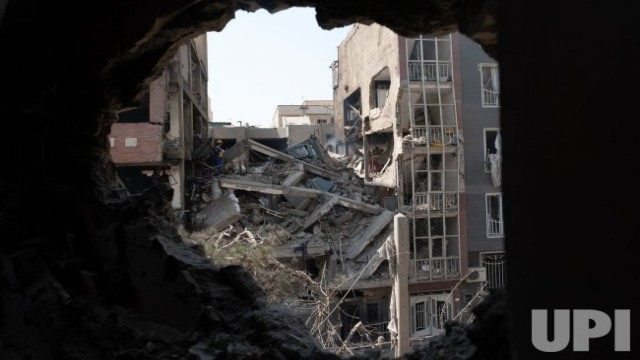

Comment: